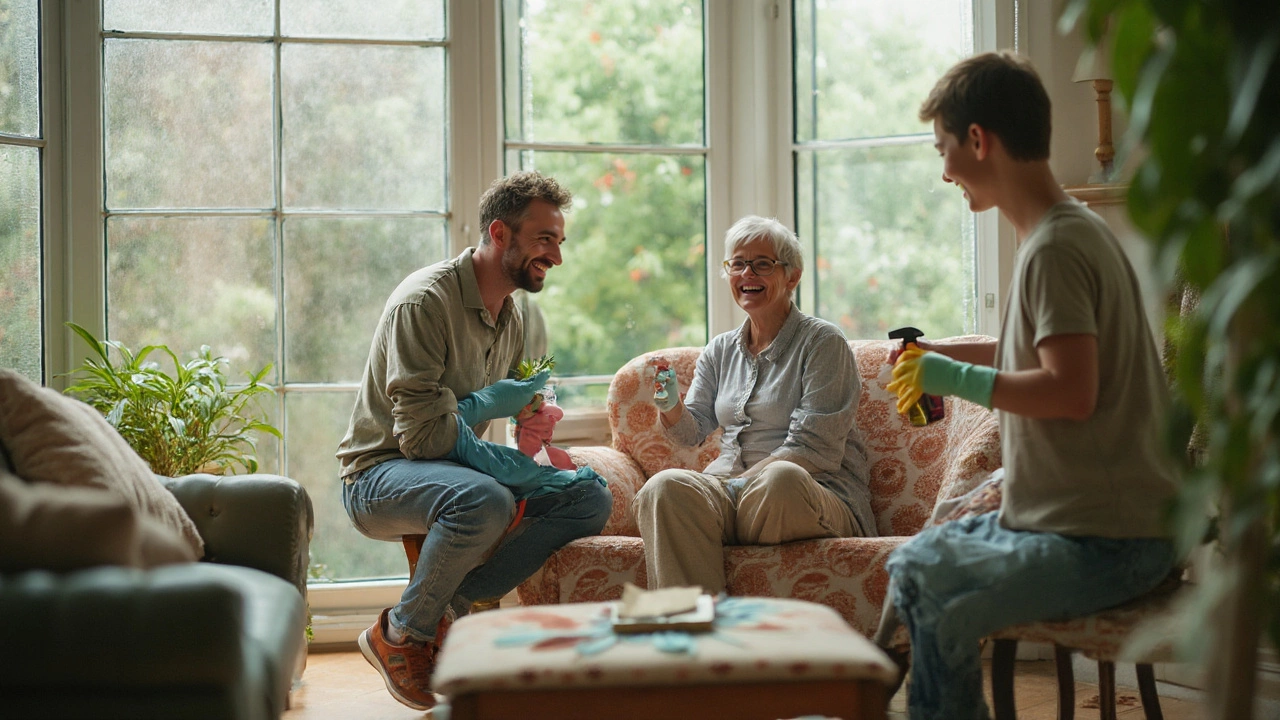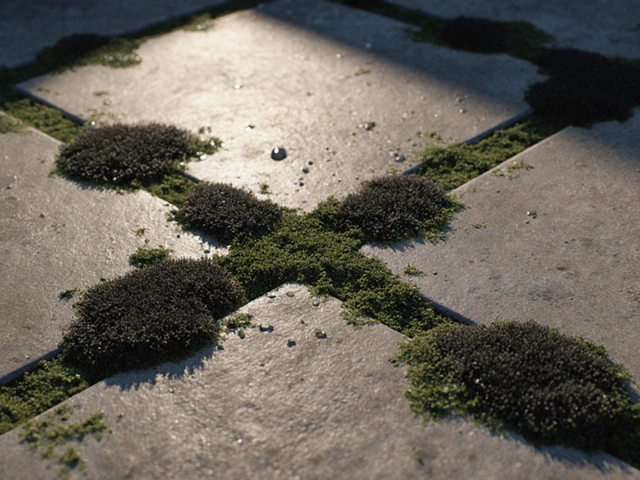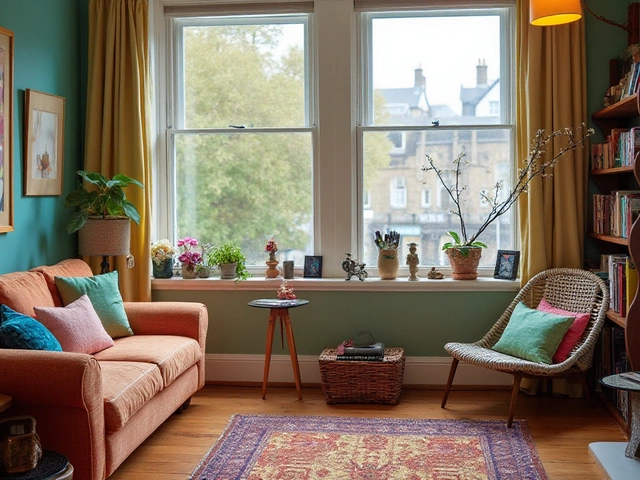Kill Mildew Fast – Practical Tips to Protect Your Furniture
Finding black spots or a musty smell on a couch or a wooden chest is frustrating. Mildew loves damp, dark spots, and once it shows up it can spread quickly. The good news is you don’t need a chemistry degree to get rid of it. With a few household items and the right habits you can kill mildew and stop it from coming back.
Why Mildew Shows Up
Mildew needs three things: moisture, warmth, and a surface it can cling to. A garage that gets chilly in winter but stays damp, a storage unit without climate control, or a room with poor ventilation all create perfect breeding grounds. Even a living‑room sofa can get mildewed if a spill sits for days or if the room stays humid.
When wood or fabric stays damp, the tiny spores settle, feed, and spread. That’s why you’ll often see mildew on the underside of furniture, inside drawers, or behind cushions. It’s not just an eyesore – the spores can trigger allergies and make wood rot faster.
Practical Steps to Kill MildieL
1. Act Quickly. As soon as you spot a damp spot, dry it. Use a clean towel or a low‑heat hair dryer. The faster you remove moisture, the less chance the spores have to grow.
2. Clean with Vinegar. White vinegar is safe for most fabrics and wood finishes. Mix equal parts water and vinegar in a spray bottle, spray the affected area, let it sit for 10 minutes, then wipe with a dry cloth. The acidity kills the spores without harsh chemicals.
3. Use Baking Soda for Odor. Sprinkle baking soda on upholstered pieces, let it sit for an hour, then vacuum. It absorbs moisture and neutralizes the musty smell.
4. Apply a Mild Bleach Solution (for white or color‑fast items). Mix 1 tablespoon of bleach with 1 cup of water, dab a cloth in the solution and gently rub the mildewed spot. Rinse with a damp cloth and dry immediately. Never use bleach on silk, wool, or unfinished wood.
5. Sunlight is Your Friend. If the piece can be moved outdoors, place it in direct sunlight for a few hours. UV rays kill spores and help dry out hidden moisture.
6. Prevent Future Growth. Keep indoor humidity below 60 %. Use a dehumidifier in basements or storage units. Make sure furniture has airflow – avoid piling cushions directly on the floor.
7. Store Smart. When you need to store furniture, wrap it in breathable cotton sheets, not plastic. Plastic traps moisture and creates a perfect environment for mildew.
Following these steps will usually clear up a mild mildew problem. If the stain stays dark after cleaning, it may be a deeper wood rot that needs sanding and refinishing.
Remember, the key to killing mildew is removing moisture, cleaning the spores, and keeping the area dry. A quick wipe, a splash of vinegar, and good ventilation can save you from costly replacements.
Got more questions about furniture care or storage? Feel free to drop a comment – we’re happy to help you keep your home fresh and mold‑free.



